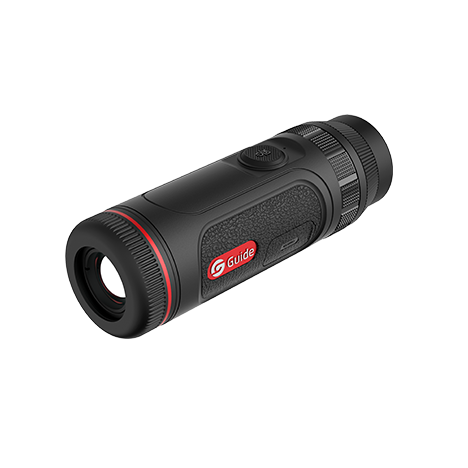
# Thermal Imaging Binoculars: Advanced Night Vision Technology
## Introduction to Thermal Binoculars
Thermal imaging binoculars represent a significant leap forward in night vision technology. Unlike traditional night vision devices that rely on amplifying available light, thermal binoculars detect heat signatures emitted by objects, animals, or people. This technology allows users to see in complete darkness, through smoke, fog, and even some types of camouflage.
## How Thermal Imaging Works
Thermal binoculars operate by detecting infrared radiation, which is emitted by all objects based on their temperature. The technology converts this radiation into visible images, displaying warmer objects as brighter and cooler objects as darker. This principle makes thermal imaging particularly effective for:
- Search and rescue operations
- Wildlife observation
- Security and surveillance
- Military applications
- Industrial inspections
## Key Features of Modern Thermal Binoculars
High Resolution Sensors
Contemporary thermal binoculars feature high-resolution sensors that provide clear, detailed images even at long distances. Some premium models offer resolutions of 640×480 or higher.
Digital Zoom and Image Enhancement
Many thermal binoculars now include digital zoom capabilities and advanced image processing algorithms that enhance clarity and contrast for better target identification.
Rugged Construction
Designed for field use, these devices typically feature waterproof and shock-resistant housings that can withstand harsh environmental conditions.
## Advantages Over Traditional Night Vision
Thermal imaging binoculars offer several distinct advantages compared to conventional night vision equipment:
- Operational in total darkness without requiring any ambient light
- Ability to see through obscurants like smoke, dust, and light foliage
- Detection of heat signatures that might be hidden from optical view
- Longer detection ranges for warm targets
- No need for infrared illuminators that can reveal the user’s position
## Applications Across Various Fields
Keyword: thermal binoculars
Military and Law Enforcement
Thermal binoculars are invaluable tools for surveillance, target acquisition, and navigation in low-light conditions. They help security personnel detect hidden threats and monitor large areas effectively.
Wildlife Observation
Researchers and hunters use thermal binoculars to track animals at night without disturbing them. The technology allows observation of nocturnal wildlife behavior patterns that would otherwise remain unseen.
Industrial Use
In industrial settings, thermal binoculars help identify overheating equipment, electrical faults, and insulation deficiencies, preventing potential accidents and saving energy.
## Choosing the Right Thermal Binoculars
When selecting thermal imaging binoculars, consider these factors:
- Resolution: Higher resolution provides better image quality
- Detection Range: Choose based on your typical observation distances
- Refresh Rate: Higher rates (60Hz) provide smoother images for moving targets
- Battery Life: Important for extended field use
- Additional Features: Look for GPS, video recording, or wireless connectivity if needed
## The Future of Thermal Imaging Technology
As technology advances, we can expect thermal binoculars to become more compact, affordable, and feature-rich. Emerging developments include:
- Higher resolution sensors with smaller pixel pitches
- Improved battery technology for longer operation times
- Integration with augmented reality systems
- AI-powered object recognition and tracking
- More affordable consumer models for outdoor enthusiasts</li